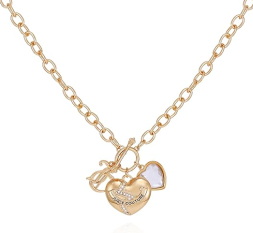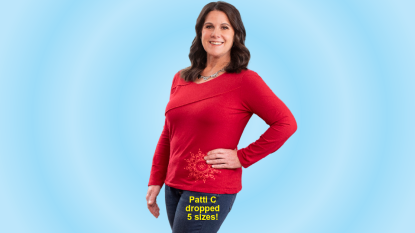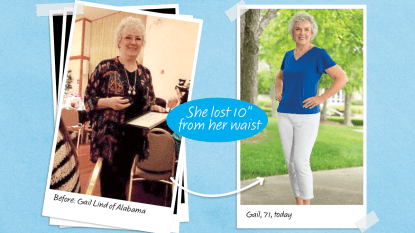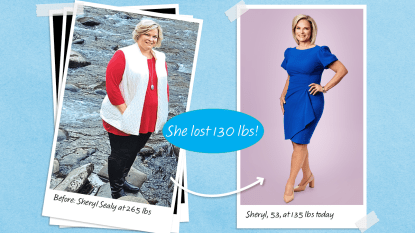Need a Mood Boost? Cue Up Dolly Parton — Neural Nostalgia Experts Say Music Really Can Improve Health
The right tunes can do everything from tame pain to protect your heart to speed weight loss

You’re in the grocery store when an old song plays over the sound system. Suddenly, you’re no longer in the frozen foods aisle. You’re transported back to your teen years, blasting the tune and singing along with friends in the car. Many of us can relate to a scenario like this. In fact, there is a scientific term for it — neural nostalgia.
By studying how our brains process music, experts are finding new ways to harness the power of neural nostalgia to enhance our health. Memories and emotions triggered by music, especially music from your formative years, can improve your mood, ease pain or depression and even help people with dementia. We asked experts to explain this music-as-medicine phenomenon, plus how to tap into the benefits.
What is neural nostalgia?
Nostalgia refers to the way our brains lay down memories from the past. These memories form a sort of roadmap of chemical and electrical connections in the brain. Mundane events tend to be purged from our memories. But when emotions are involved, a memory typically becomes more firmly established because many parts of the brain are activated.
Music also activates multiple parts of the brain. Listening to music can stimulate feel-good hormones like serotonin, dopamine and oxytocin, says Suzanne Hanser, EdD, MT-BC, professor and founder of the music therapy department at Berklee College of Music in Boston.
“Engaging with music by singing, dancing or playing an instrument helps expand and develop our brains in key areas, such as those involved in attention, emotion, organization and creativity,” she explains. The more we engage with music, the more these pathways become part of the brain’s permanent wiring.

Related: The 7 Best Ways To Reverse Brain Aging & Strengthen Memory, According to Scientists
We’re hardwired to respond to rhythm
Have you ever watched a toddler dance to a catchy song? They instinctively know how to move with the beat. In fact, our brains are biologically primed for rhythm. The brain even likes to align its electrical activity with the beat, according to neuroscientist Daniel Levitin, PhD, author of This Is Your Brain on Music.
When you have a song stuck on a loop in your head (dubbed an “earworm”) this simple rhythm is riding on well-traveled neural highways of your brain. Some theories suggest that human brains evolved this way to help us learn, long before we had the written word and other ways to memorize information.
Neural nostalgia: Why we love music from our teen years
If you’re like us, your musical tastes are firmly lodged in the decades of your teens and early twenties. Was the music just better back then? Some may think so! But there’s also a scientific explanation, says Erin Spring, MT-BC, founder and executive director of Central Ohio Music Therapy.
“Our brains are doing so much development in the adolescent years,” she explains. “This is also a time when we are forming an identity that is different from our parents and from our childhood selves. We think that’s why music from that period of our life gets so firmly laid down in our neural pathways.”
Hanser agrees. “This stage of growth is associated with a rich set of emotions,” she adds. “For many of us, the music that we listened to in our youth played a big part in helping define our tastes and preferences.”
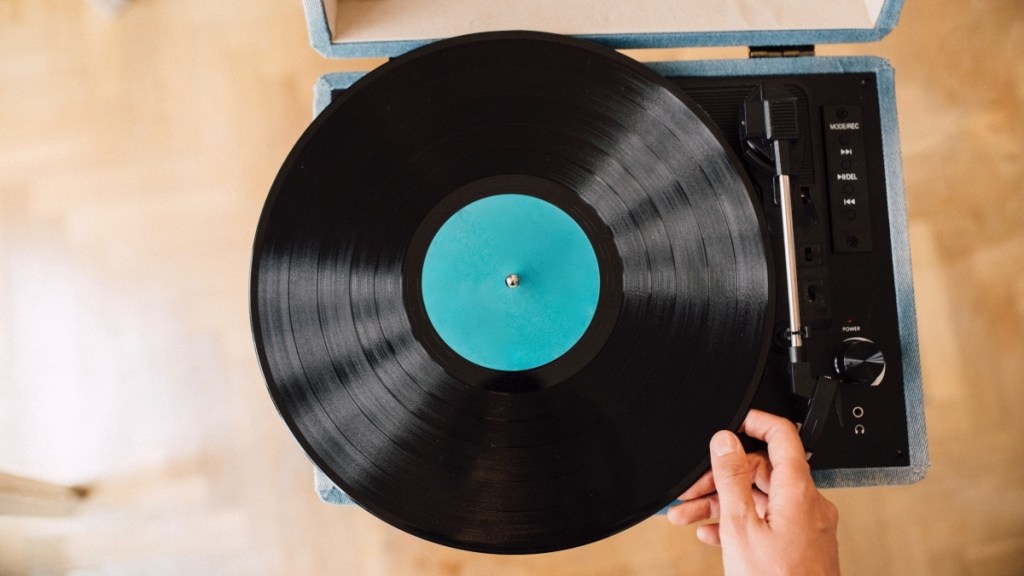
The health benefits of neural nostalgia
Therapists are bringing the medicine of music to hospitals and long-term care facilities. They’re also working to help people with conditions like pain, anxiety, trauma and developmental disorders. Here’s how certain tunes can improve your health and happiness.
1. Favorite tunes boost memory and mood
Profound results have been seen when the concept of neural nostalgia is applied for people with severe dementia. In the most successful cases, nursing home residents who are unresponsive and unmoving will immediately perk up when they hear music they loved in their youth. Some may sing along or tap their feet, with a twinkle of an old memory in their eyes and a smile on their faces.
Music therapy can work in situations where other treatments don’t, says Spring, because music activates so many different parts of the brain. If one part of the brain is damaged, it can create a workaround to allow musical memories to travel down another path. She recalls a time where she was called to a hospital room to help soothe a man with a severe brain tumor.
“The usual things like medications were not working,” she says. “The patient had become very agitated, which was also upsetting his family.” On her guitar, she played songs by his favorite country artist, starting with high-energy pieces and gradually moving to more gentle melodies. She concluded with just her voice and finally a soft hum. “The hospital staff was amazed at how quickly and effectively this brought a sense of calm for this patient.”
Check out the Beatles playlist below to start tapping into the mood-bosting benefits of neural nostalgia.
2. Gospel music improves heart health
Uplifting gospel music is famous for how it makes the heart soar. Now, University of Maryland research suggests listening for 30 minutes daily boosts heart health, too. The scientists found folks who hear joyous music they love (Christian contemporary and inspirational tunes work, too!) expanded blood vessel dilation, easing stress on the heart. The brain processes sound in the same region that regulates heartbeat and breathing, so hearing calming sounds triggers the body to slow your heart rate, breathing rate and blood pressure. (See more easy ways to prevent heart disease.)
3. Classical music ease aches
Whether your back is hurting or your joints are aching, tune into a classic music station as you’re going about your day and you’ll reduce head-to-toe pain up to 66%, suggests a study in Science. Researchers found that when they played orchestral music (specifically the Bach song “Réjouissance”), folks’ pain scores dropped.
The trick: The effect only happened when the music was played at a “sweet-spot” volume of 50 to 60 decibels — the pleasant level of low background music you might hear standing in an elevator. Scientists suspect this level of sound distracts the brain just enough to tamp down transmission of pain signals. (Tip: If it’s your knees bothering you, these stretches for knee pain can help.)
4. Mellow tunes aid weight loss
When you sit down to dinner, cue up a playlist of your favorite slow songs, like The Beatles’ “Norwegian Wood,” Pink Floyd’s “Speak to Me” or Celine Dion’s “All By Myself”. Doing so automatically slows your eating by 58% to match the pace of the music, helping you unconsciously eat less. Hearing slow music slows down your brain, giving it enough time to register that you’re full.

How to tap into the power of neural nostalgia
Anyone can benefit from the powers of music and neural nostalgia, says Hanser, author of Music for Wellness. She even put her skills to use on herself while undergoing a serious surgery on her eyes. “Music can help you feel comfort, motivation, energy, creativity and spirit,” she says.
A few simple ways to harness the power of neural nostalgia yourself:
1. Play meaningful music
Create a “musical autobiography” to remind yourself of music associated with significant life events or milestones (like a graduation or wedding). If you’re using music to help someone else, like an older relative, try to find out what music they loved in their youth, Hanser says. Even if it’s not what brings you joy, it’ll likely strike a chord with them.
2. Sing along
When you listen to your playlist, engage with it in any way you like. Sing, dance to it and don’t be afraid to improvise on it, Hanser urges. Don’t judge yourself or expect perfection. (Need some inspiration? Check out the best TV theme songs that are sure to have you singing along.)

3. Match your mood
If you’re listening to your playlist to calm down during a tense time, Spring suggests starting with more intense tempos that mirror your mood. Then, gradually shift toward simpler, more relaxing melodies. Try closing with some time for silent reflection, Hanser adds.
4. Listen live
Our brains seem to know the difference between live music and recorded, Spring says. You’ll get an added feel-good boost when you listen to a live concert, whether it’s small country band playing at a local park or a larger star in a professional venue.
5. Share the experience
Bonding with others makes the experience of live music even more powerful. Why not join in? Drum circles are available in many areas, and do not require prior musical experience. In addition to fostering a sense of community, drum circles have been shown to ease stress and boost your mood.
For more unexpected, feel-good ways to bolster your health:
Experts Reveal How to Tap Into the Benefits of Walking Barefoot for Less Pain + Deeper Sleep
Acting Like a Flamingo Strengthens Bones + More MD-Backed Ways to Ward Off Osteoporosis
Genius Tapping Trick Tames Chronic Stress + More Easy Ways To Reduce Cortisol
This content is not a substitute for professional medical advice or diagnosis. Always consult your physician before pursuing any treatment plan.

